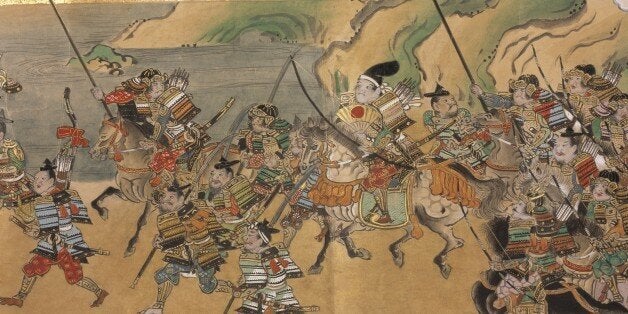
The rise and fall of civilisations. The birth of empires. The winds of social and economic change.
Solved for 'X', apparently.
A team of researchers claims to have unveiled the balance of the essential building blocks of human history using an automated computer model.
A trans-disciplinary team at the University of Connecticut, the University of Exeter in England, and the National Institute for Mathematical and Biological Synthesis says that it developed the cultural evolutionary model to predict how societies grow - and collapse.
And the article, published in Proceedings of the National Academy of Sciences, says the main driver is… war. Massive, intense warfare.
The team's method was deceptively simple. The essentially built a relatively realistic digital model of the Afro-Euroasion landmass from 1,500 BCE to 1,500 CE, and experimented with rules by which various civilisations inside that area would grow and decline.
The result of their work was a model with the right parameters, which resulted in a similar result to the actual path of history - they say the final model was able "to explain two-third of the variation in determining the rise of large-scale societies".
The conclusion was that warfare led to larger, costly institutions which enabled large civilisations to function:
"The central premise of the model, which we test, is that costly institutions that enabled large human groups to function without splitting up evolved as a result of intense competition between societies—primarily warfare. Warfare intensity, in turn, depended on the spread of historically attested military technologies (e.g., chariots and cavalry) and on geographic factors (e.g., rugged landscape)."
It goes (almost) without saying that the full complexity of human history involves more than can be expressed in a few simple mathematical rules. And we know more than a few historians who might be a little annoyed by the implication that a few keystrokes can render their work redundant - or that the principle data on which such a model is based can ever be accurate.
But the team's point is that on a large scale, the relative strength of various variables involved in the growth of human civilisation - war, geography, climate - can be tested empirically.
"What's so exciting about this area of research is that instead of just telling stories or describing what occurred, we can now explain general historical patterns with quantitative accuracy. Explaining historical events helps us better understand the present, and ultimately may help us predict the future," said the study's co-author Sergey Gavrilets, NIMBioS director for scientific activities.
The animation showing the successful model can be viewed below: